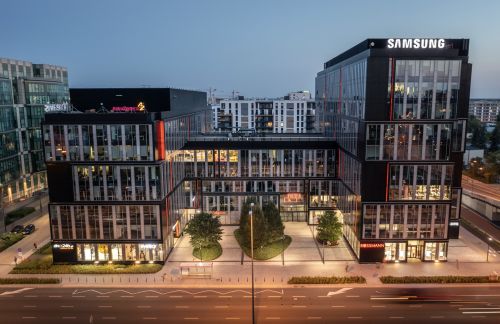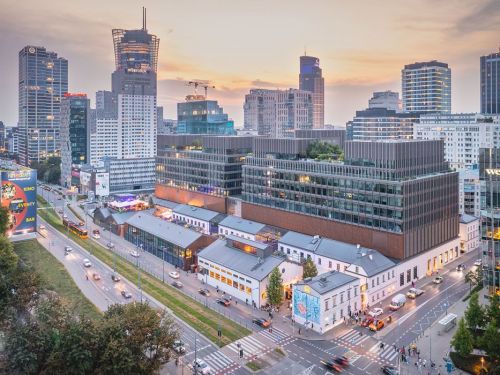Both tenants and landlords are now striving to find the right approach to overcome their current challenges. But to survive in the new reality, collaboration and partnership between both parties are going to be needed.
Post-pandemic consumer
A Cushman & Wakefield survey carried out in June 2021 confirmed that shoppers have no intention of turning their backs on brick-and-mortar shopping in retail parks and shopping centres; however, their preferences have changed to some extent. Around 50–60 pct of those surveyed stated that despite the pandemic the frequency of their shopping trips will remain the same as it always had.
For consumers, F&B outlets – such as cafés, ice-cream and cake parlours and restaurants – form a key element of the retail experience, in addition to the shopping itself. Due to the pandemic, the frequency of their visits to such centres has fallen by just around 3–4 pp. Cinemas are also high on their list of priorities, whe































































